MARCH OF THE LETTUCES
A Pinch Every Now and Then
Deb is always impressed at the almost nonstop march of home grown lettuce that makes its way into our kitchen and then to salads and sandwiches each year. Not just a leaf here and there, or even the paltry amount in “side” salads served up in restaurants. No, I’m talking about day upon day lots of lettuce, often even whole heads — even here in zone 5.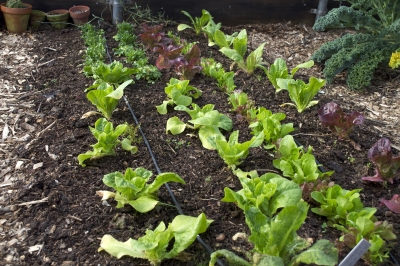
The key to this abundance is sowing seeds every couple of weeks or so. Not right out in the garden, but in seed flats; mine are four inches wide by six inches long and a couple of inches deep. After filling a flat with potting soil, onto the soil I press down a four by six inch board to which I’ve glued four dowels, each four inches long and three-sixteenths of an inch in diameter. The result is four mini-furrows running from one long side of the flat to the other.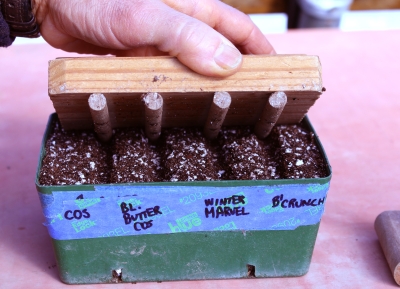
Sowing in flats, which requires only a pinch of seeds in each furrow, makes economical and efficient use of both seeds and space. 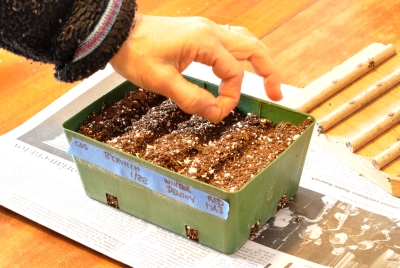 That seed flat takes up only 24 square inches of space, space which might be on a sunny windowsill or a table with “grow lights,” not even in the garden.
That seed flat takes up only 24 square inches of space, space which might be on a sunny windowsill or a table with “grow lights,” not even in the garden.
Sowing a different variety in each of the four furrows adds interest as far a flavor, texture, and appearance to salads and sandwiches.
Sowing in flats also makes good use of time. I could sow lettuce out in the garden now, but cool or cold weather would slow seed germination and subsequent growth of seedlings. Sown outdoors a few weeks ago, seeds would have just sat in the cold soil, waiting for warmth before they’d sprout. Indoors, my seed flats are gently warmed on a soil heating mat made for this purpose, or in a home made incubator I put together using little more than a styrofoam cooler, two 15-watt incandescent light bulbs, and a thermostat. (The incubator is also good for proofing bread or making yogurt.)
Of course, once weather warms sufficiently, lettuce seeds would sprout just fine outdoors. Starting the seeds in flats — and the next step, to be described — let’s a whole row of lettuce spend its youth in just a couple of square feet of space on a table or bench outdoors.
Lettuce seed doesn’t germinate very well in very warm soil. In the heat of summer, I put my seed flat of lettuce on a bench near the north wall of my home. There, with cooler temperatures, lettuce seeds germinate just fine.
More Light, Less Warmth
Once seedlings are up and showing there true leaves, optimum conditions for them change. The ideal, then, is bright light and cooler temperatures, which promotes sturdy growth that will be better able to face the great outdoors, when that time comes. Years ago, I graduated to a greenhouse, where my seedlings bathe in abundant sunlight. An unobstructed, south-facing window, especially if the room isn’t heated too much, is also fine. Same goes for near some “grow lights.” Before I had my greenhouse, I would also make use of a cold frame.
Just a few day’s growth and it’s time — as the Brits term it — to “prick out.” Timing is not supercritical. Pricking out is gently lifting a small seedling by its leaves while, at the same time, pushing up from below with a small spatula or butter knife so as to avoid damaging the delicate plantlet.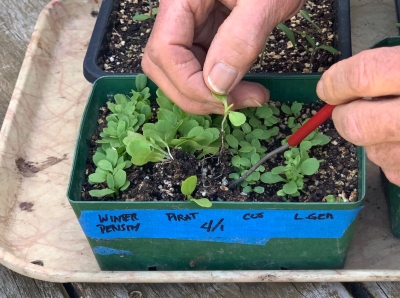
Most critical is the stem, which is why plantlets are lifted by their leaves. These plantlets can afford to lose some leaf area or some roots but if I happen to accidentally damage a plantlet’s stem, it will die. No matter, though. If a stem is is accidently damaged, there are generally plenty of other seedlings in that mini-furrow. I just grab — gently — another one.
Brits Call this Growing On
The ideal second home for the pricked out seedlings is a multi-celled, larger flat where each seedling has a small volume of potting soil all to itself. 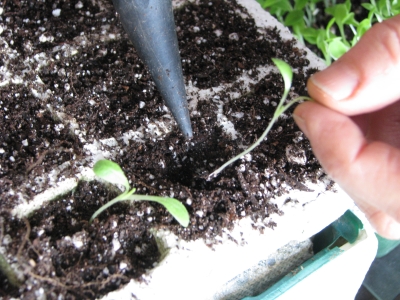 I have some commercial ones that measure eight by twelve inches and hold either 40 seedlings or, with a larger new home for each seedling, 24 seedlings. In either case, that’s a lot of plants in only two-thirds of a square foot.
I have some commercial ones that measure eight by twelve inches and hold either 40 seedlings or, with a larger new home for each seedling, 24 seedlings. In either case, that’s a lot of plants in only two-thirds of a square foot.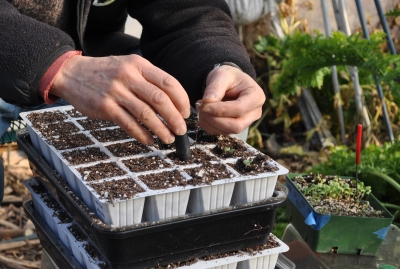
Most of my multi-celled flats sit on a capillary mat one end of which dunks into a water reservoir. As the cells of soil gradually dry, they suck up more water from the capillary mat through their drainage holes; the capillary mat replenishes that water from the reservoir below. I grow lots of seedlings and this setup significantly reduces my watering time. But I do have to make sure to replenish water in the reservoir. I’ve purchased a number of these setups that include the flat, the mat, and the reservoir.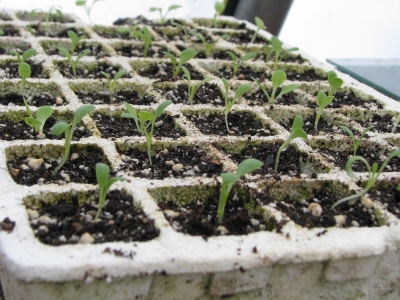
In winter, seedlings grow very slowly. During the outdoor growing season, I count on having to transplant seedlings out of their cells and into the ground after only about three weeks. During that time, I can pop grown seedlings here and there in the garden as space becomes available.
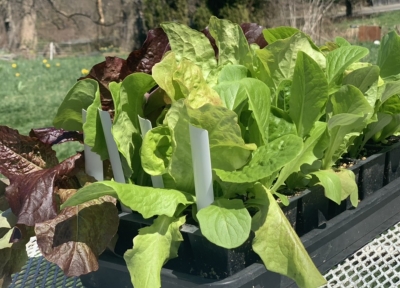
Lettuce ready for transplanting
Summer or winter, the nice thing about this method is, I need devote only a couple or so square feet of space to about a month’s worth of lettuce. During their time in seed flats I can tailor conditions to suit seedlings’ needs. And I can devote real estate out in the garden to other plants during seedlings’ month or more of development from seed to transplant size. I also like the intimacy of this whole process.
All I have to do is to remember to sow every couple of weeks, and to water or fill the capillary reservoirs.
A Reminder
I will be holding a GRAFTING WORKSHOP here at my farmden on April 30, 2023. Learn the ins and outs of grafting and get to graft your own pear tree to take home and plant. For more information, go to www.leereich.com/workshops.


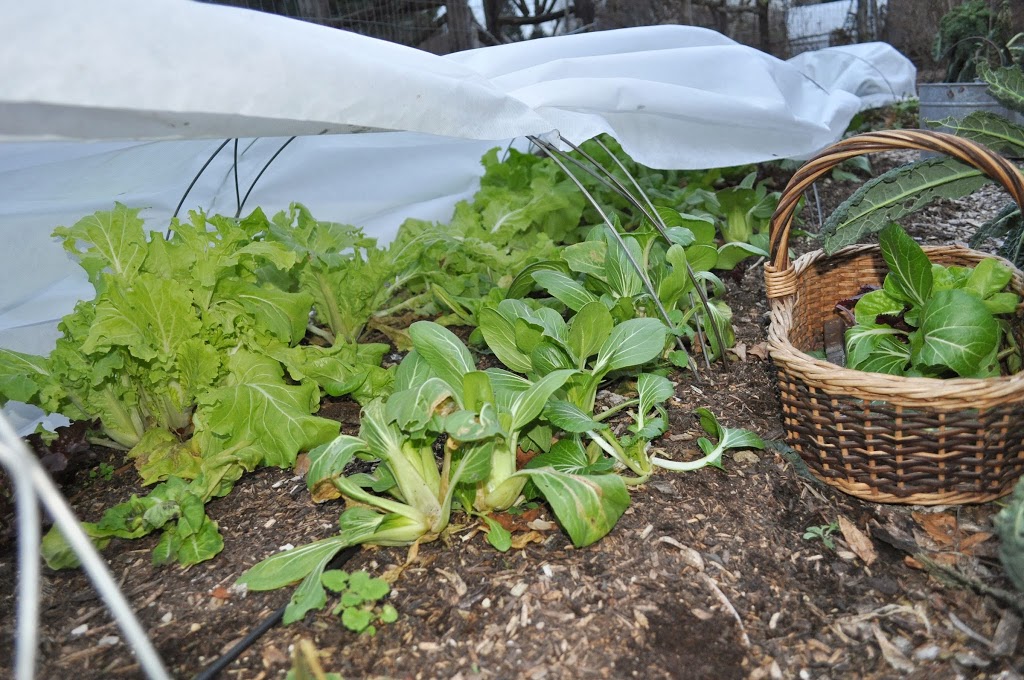
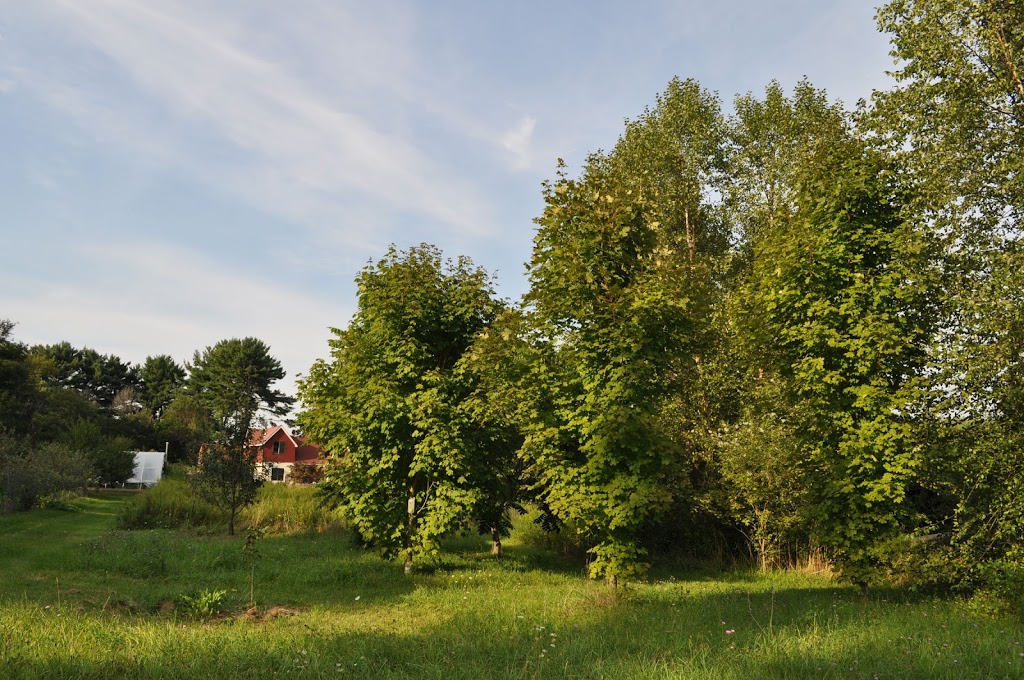
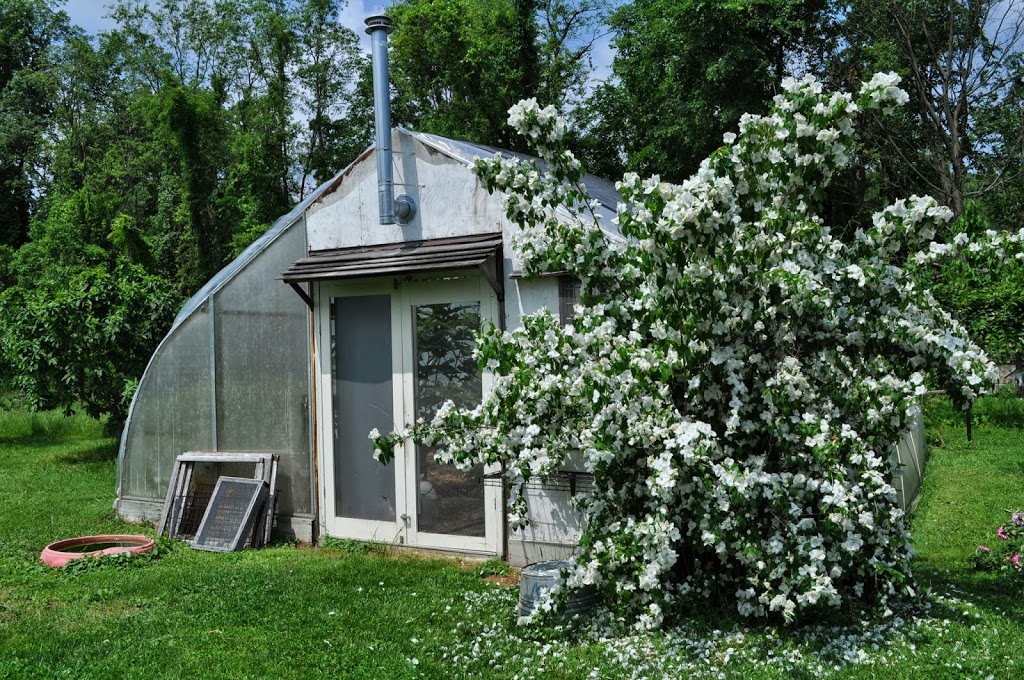


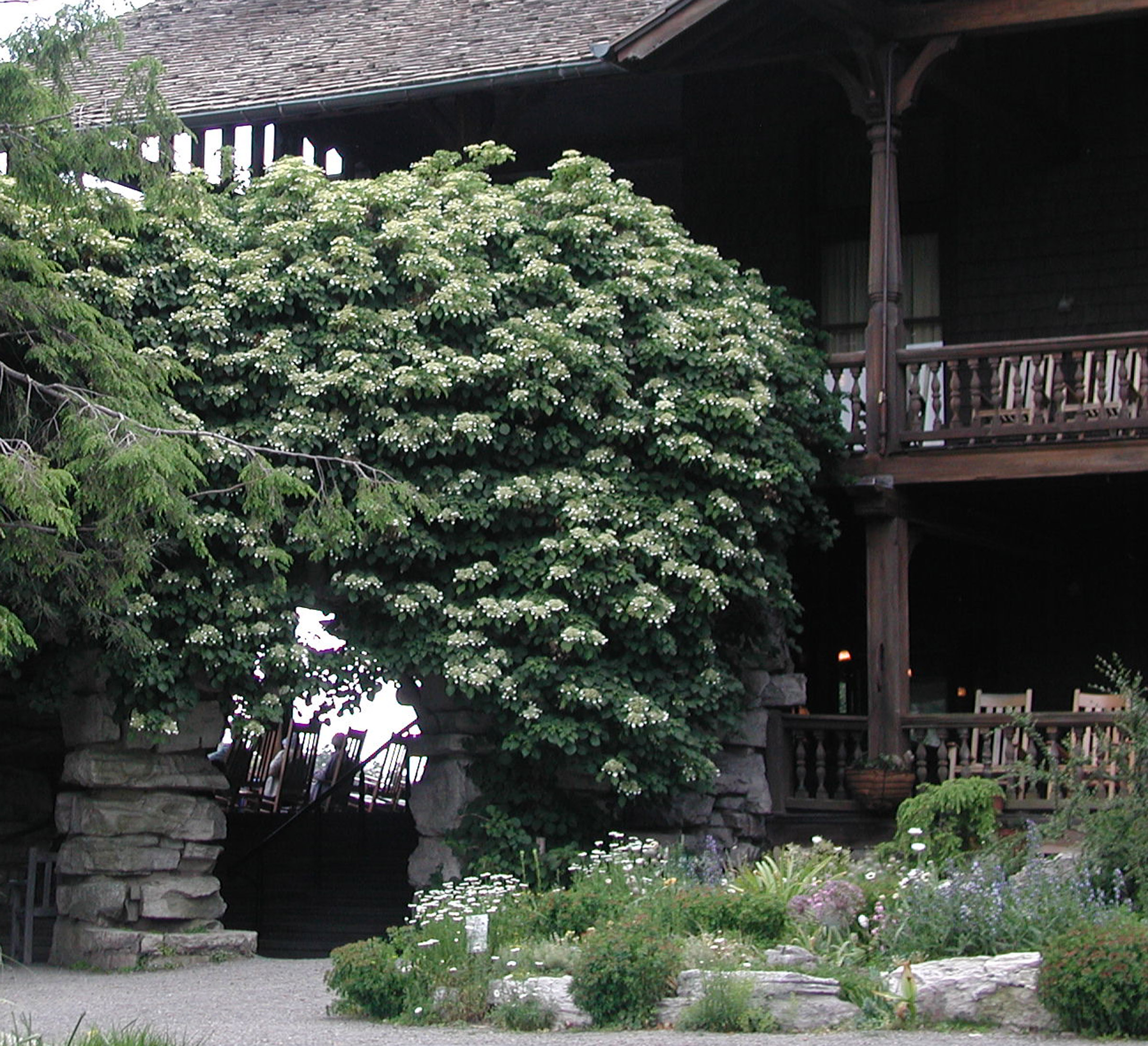

Leave a Reply
Want to join the discussion?Feel free to contribute!